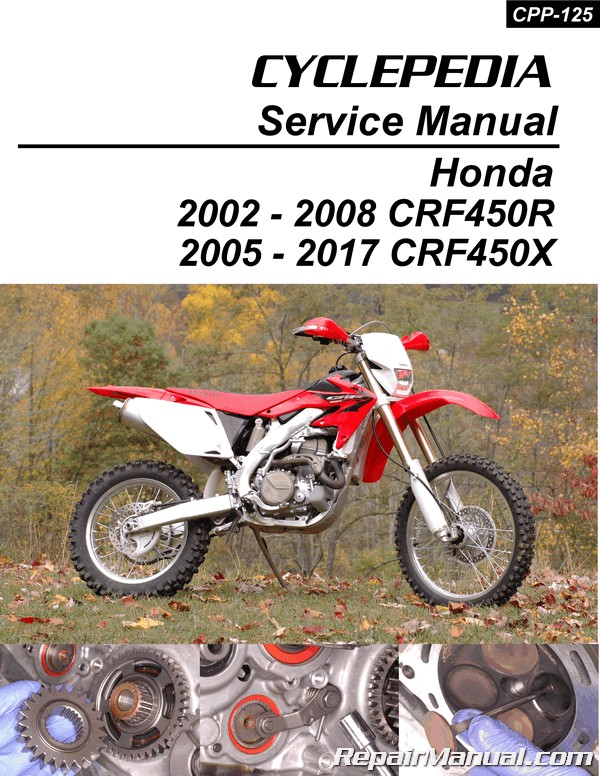2016 Honda Metropolitan Scooter Manual
Side-by-Side HOME Pioneer 1000 Pioneer 1000 Specs & Features Press Kit Photos Accessories. Crack Wpa2 Beanie.
Metropolitan – REAR CARRIER Stylish chrome finish and round-tube construction provides extra storage space. Required for the Metropolitan rear trunk installation. Part #: 08L70-GJB-A00 MSRP: $141.95 Metropolitan – REAR TRUNK (BLACK) Add 27 liters of storage space to safely transport more items. *Rear Trunk Attachment Kit required for installation on Elite. *Chrome Rear Carrier and Rear Trunk Attachment Kit required for installation on Metropolitan. *Trunk measures 12.5″ H x 11.75″ W x 6.25″ D.

Part #: MSRP: $89.95.
HONDA METROPOLITAN / JAZZ (CHF50) “Honda retaliated with its fun, but painfully underpowered Metropolitan with the first four-cycle engine among modern 50cc scooters” - Collin Shattuck (Scooters: Red Eyes, White Walls, Blue Smoke) The way some Vespa enthusiasts see it, Japanese manufacturers brought innovation and quality to the scooter market in the 80’s but got lazy in the 90’s due to the lack of competition. With Vespa’s return in 1999, the Japanese could no longer offer 15 year old designs, so they set about bringing in a new generation of products to compete, such as the CHF50. Perhaps this is true, but the in the late 80’s did create an environment that was very unappealing to introduce scooters into during the 90’s.
Whatever the case, the market was growing in the new millennium and Honda’s 2002 introduction of the Metropolitan (Jazz in Canada) was a clear shot at potential Vespa customers. For $1000 less than Vespa’s 50cc ET2 scooter, the Metropolitan offered Vespa inspired retro styling with some technological advantages such as liquid cooling and the amazing fuel economy, reliability and lifespan of a 4-stroke engine. The CHF50’s 90-100mpg was significantly better than the ~65mpg that Vespa’s ET2 50 and Yamaha’s 2-stroke Vino 50 could manage. By 2006, both the and Vino 50 2-stroke ended up being replaced with 4-stroke models ( and respectively). Generations Honda has sold two main generations of the Metropolitan. The first generation (model code CHF50) was sold from 2002 to 2009 in North America and is the focus of this article.
This scooter was badged the Metropolitan in the USA and Jazz in Canada. For 2013, Honda introduced an entirely different second generation (model code ) which has been.
This second generation Metropolitan uses the Giorno moniker in Canada and overseas. The first generation was sold from 2002 to 2009 under the Metropolitan (USA) and Jazz (Canada) names in North America, while internationally it used other monikers including Crea and Scoopy. From 2002 to 2006 Honda also sold a restricted speed / moped compliant version in the USA called the Metropolitan II. Honda’s model code was CHF50P, with P being Honda’s long used indicator of a moped restricted variant. This scooter was restricted to 25mph via a to the variator, ECU, intake and camshaft. 2009 was the last model year for this CHF50 in Canada and the USA, although this scooter was available for a few years after this due to excess inventory from the 2009 crash of the scooter market. Motor The ’02 - ’09 Metropolitan / Jazz used a short case (small rear wheel) version of Honda’s modern GET2 engine.
This motor was also used in the Honda Ruckus, but with a longer swing arm. Daewoo Radio Code By Serial Number on this page. Overseas the GET2 was used a wide range of Honda’s 4-stroke 50cc’s.
The GET2 was developed around the turn of the millennium by Honda Japan and it featured a number of neat innovations. Honda slipped a tiny radiator for this liquid cooled engine directly onto the right side of the engine next to the flywheel. By using a fan on the flywheel that blew on the radiator, Honda was able to create an exceptionally strong liquid cooling system without having coolant hoses routed all over the scooter. Another innovation was the double use of the alternator as the starter motor, thus eliminating the traditional electric starter motor.
Honda devised a way to run power backwards through the alternator and thus spin the engine to start it. This simple system was noiseless and saved the weight, cost and complexity of a normal starter motor.
The 2002 - 2005 Metropolitan had a decent top speed of 38mph, the same as the restricted Vespa ET2. The Metropolitan is rated by Honda at 4.9hp whereas the ET2 is rated at 5.1hp, but the Metro has a 40lbs weight advantage (176lbs. 216lbs) making it quite comparable to the ET2 but slower than Yamaha’s Vino. For the 2006 model year, Honda made a few tweaks to the Metropolitan that raised the top speed to 42-43mph. These changes included a higher redline (8850 RPM vs. 8000 RPM), a new carb needle, a new ECM and an improved crankcase ventilation system.